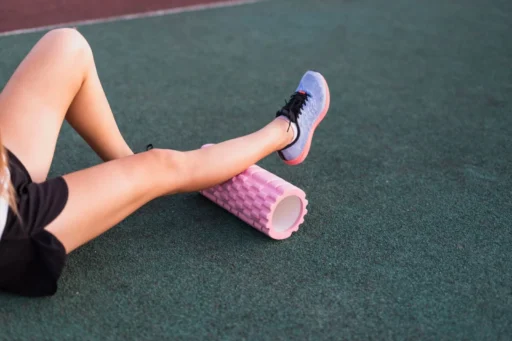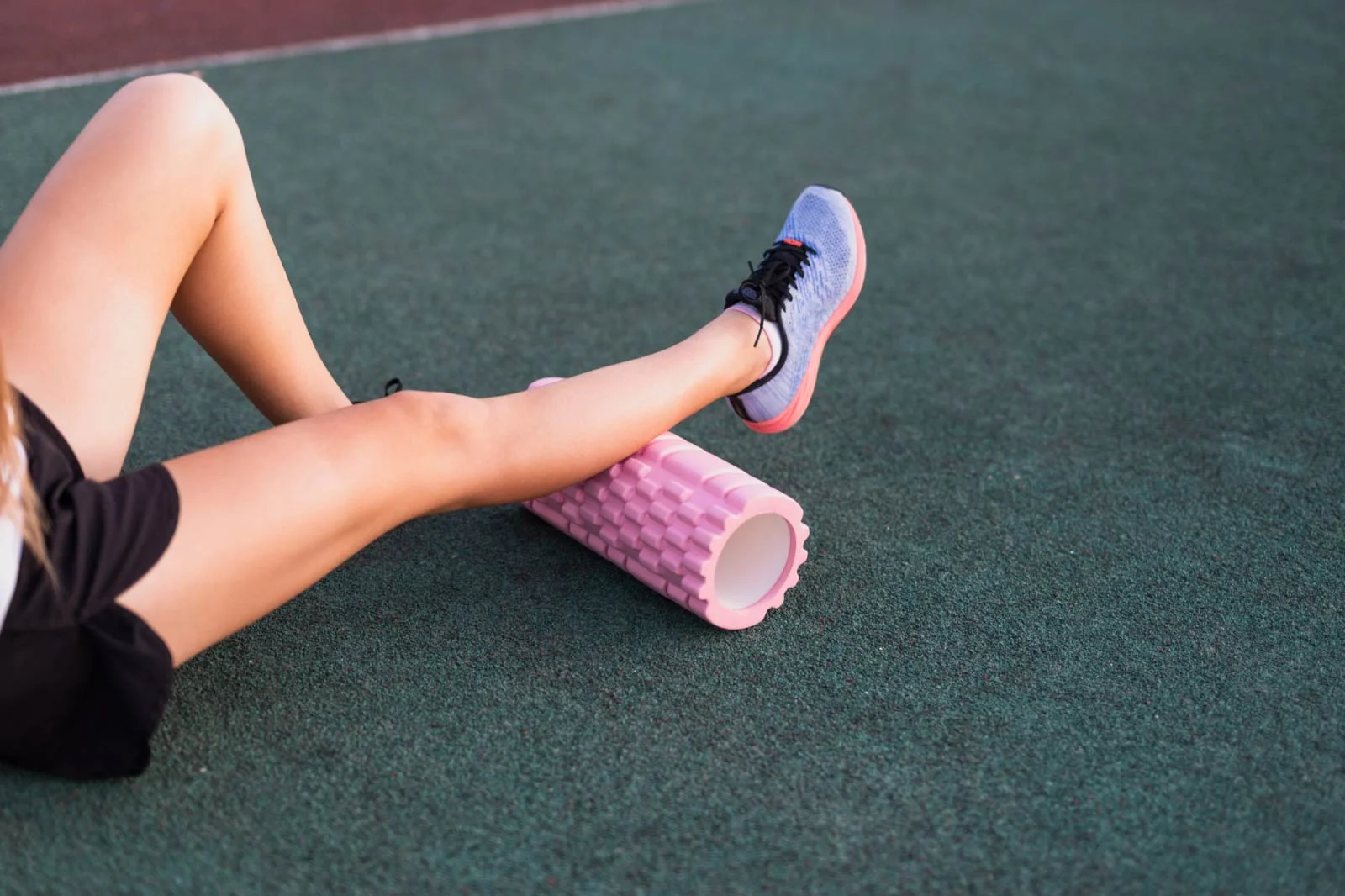Twisted, purple or blue, and often found on the legs. These are the pillars of varicose veins, a common problem that affects millions across the globe. However, they look alone should be reason enough to garner concern, but they also cause discomfort and pain.
A mixed bag of reasons is why people want to avoid having them at all costs. One popular question that pops up time and time again is: Can varicose veins disappear with exercise?
This article will explore this query in depth, with insights into everything from what exactly varicose veins are to how exercising can improve their appearance.
Understanding Varicose Veins
Though it is a cosmetic issue, varicose veins could be an indication of venous insufficiency which lies beneath the surface. The swollen, enlarged veins happen when blood stops being able to travel back up to the heart due to weak or damaged valves in your body parts’ core system. It then pools where it shouldn’t for too long, causing these twisted blue cords you see on your legs.
While genetics play a part in a person’s susceptibility to getting varicose veins, there are other factors as well such as age, gender, obesity and standing or sitting for sustained periods of time. Individuals with these types of veins also experience symptoms like pain, swelling and an achy leg feeling throughout their day-to-day lives.
Can Varicose Veins Disappear With Exercise?
Addressing the titular question directly: No; just exercising alone will not make varicose veins disappear entirely from sight. However, it can go a long way in relieving some symptoms and even preventing new ones from showing up at all!
Getting into the habit of working out consistently helps blood circulate through your body more easily by strengthening muscles in your legs – making it easier for them to push blood back up towards your heart efficiently (which lessens pressure build-up).
Some light at the end of the tunnel is that exercise can help reduce discomfort and the appearance of varicose veins over time, but again, they won’t be completely eliminated.
Best Exercises for Varicose Veins
This is a two birds, one stone (or more in this case) situation. The benefits of incorporating exercise into your day-to-day go on and on. Regular physical activity helps blood circulate more efficiently, which makes pain and swelling less intense and slows down the growth of varicose veins as well.
Walking, cycling and swimming are all great ways to get moving without hurting yourself by putting too much pressure on your legs. As long as you do them regularly, these light exercises will help your muscles grow stronger, which encourages better blood flow.
Walking
One foot in front of the other: there’s really not much more to it! Walking is an extremely effective way to get your body used to moving around more frequently, which helps blood flow through it easily.
By strengthening calf muscles, you can also have an easier time pumping your vital fluids back up towards your heart where they need to be. For the best results, try walking quickly for at least 30 minutes each day — wearing supportive shoes would also be wise.
Cycling and Swimming
Both cycling and swimming are great options for those with varicose veins because they require cardiovascular work without putting excess amounts of pressure on the legs themselves.
- Biking is a great exercise for people with varicose veins because it forces the muscles in your lower body to work, especially your calves, quads, and hamstrings. This action helps pump blood from your veins back up to your heart. “Pick a resistance level that’s comfortable to help you achieve sustained pedaling,” Dr. Lee says. Aim for 30-45 minutes per session.
- Swimming is another non-impact activity that can improve circulation by working muscle groups and applying hydrostatic pressure, which can help reduce swelling. Try for at least 30 minutes, focusing on strokes that require lots of kicking, such as freestyle or butterfly.
Leg Elevations
Leg elevation opens up the angle between legs and torso and relieves the pressure in leg veins, so blood can more easily return to the heart. Do it by lying flat on your back and putting legs higher than your heart, using a wall or pillows as support; hold position 10-15 minutes multiple times daily.
Calf Raises
Calf raises strengthen calf muscles used in pumping blood back toward the heart through veins. Stand with feet hip-width apart, then lift heels off ground while rising onto toes; slowly lower back down. Perform three sets of 10-15 repetitions each time. Can be done on edge of step to increase range of motion.
Bicycle Legs
Bicycle legs mimic cycling without bearing weight and promote circulation in lower limbs. Lie flat on the back with hands behind the head; lift legs up off the ground so they’re extended straight up and perpendicular to torso (so you look like an upside-down L). Bend knees at 90 degrees; pedal with air as if riding a bicycle for five minutes, gradually working way up in duration as fitness improves.
More Tips for Exercise
- Consistency: Regular daily exercise is better than sporadic intense workouts
- Hydration: Drink plenty of water during exercise; proper hydration helps maintain healthy blood pressure levels and circulation.
- Stop if it hurts: If any exercise causes pain or discomfort, stop immediately and ask doctor about it.
- Combo moves: Combine various exercises that work different muscle groups to improve overall circulation and venous return
These exercises can help manage varicose veins by improving circulation, strengthening muscles that aid venous return, and reducing related symptoms. Always consult a healthcare professional before starting any new exercise regimen, especially if you have significant health conditions or concerns about varicose veins.
What Else Can Help?
In addition to exercise and lifestyle changes, there’s a whole range of things you can do to help manage varicose veins. You might consider changing your diet, using compression stockings, or evaluating medical procedures further.
There are also lots of treatments that fall into the supplementary category that may help with the symptoms of varicose veins in the arms as well.
One such treatment is varicose veins creams. These products typically contain natural botanical extracts, peptides, vitamins and other ingredients specifically chosen to improve the appearance of vein health in different parts of your body like on your legs or face.
They often aim to reduce visibility of veins, make skin smoother and minimize redness. Most users report seeing positive outcomes after using these types of cream.
The most common improvement noted was less visible veins and better overall skin condition. People also appreciate these creams because they’re non-invasive and easy to apply, unlike some other, more intensive treatments available from healthcare professionals.
However, it’s worth noting everyone will have a different experience, so consulting a professional before starting any new regime is important.
Conclusion
To sum things up here: Although they may not vanish completely, exercise is still important when trying to reduce the symptoms of varicose veins. If you’re wanting an improvement on your life quality by bettering your quality of life with work out routines, daily choices in dietary decisions, and maintaining a healthy lifestyle itself, then this is perfect for you.
Always remember though with all things like this; It’s important to consult with a healthcare professional before taking any medications or treatments tailored specifically for your needs and conditions. Keep striving for the best outcome in every aspect of your health!





